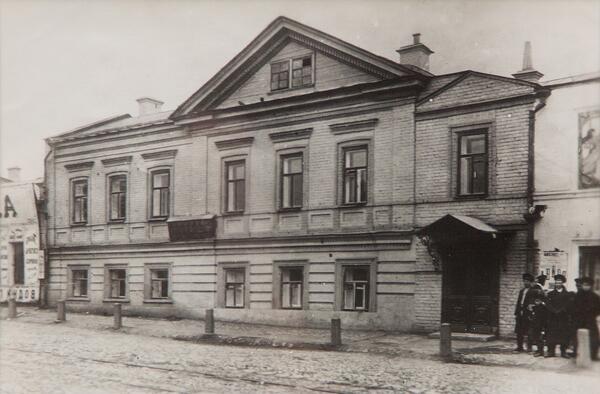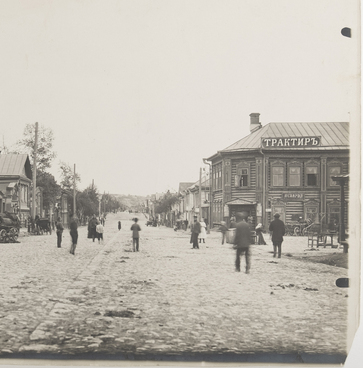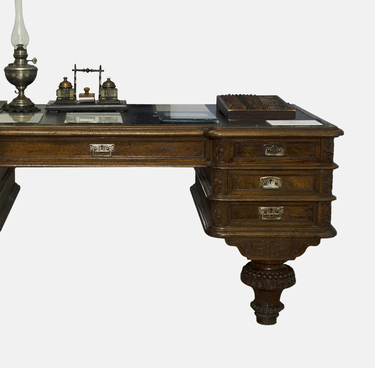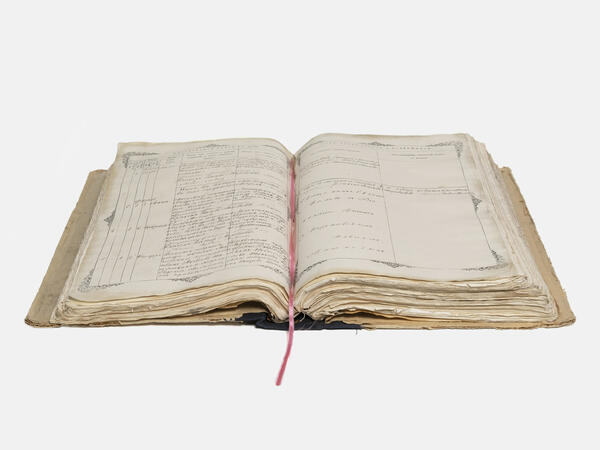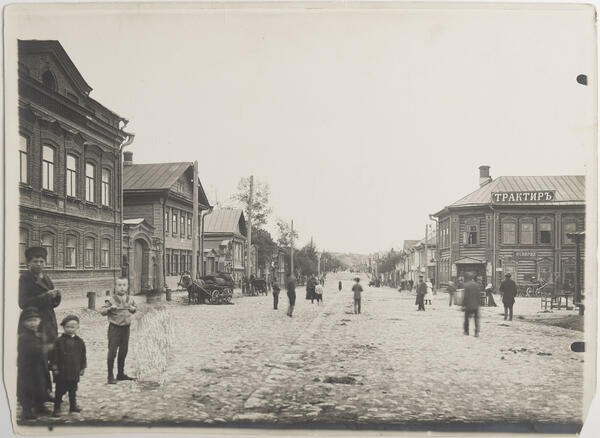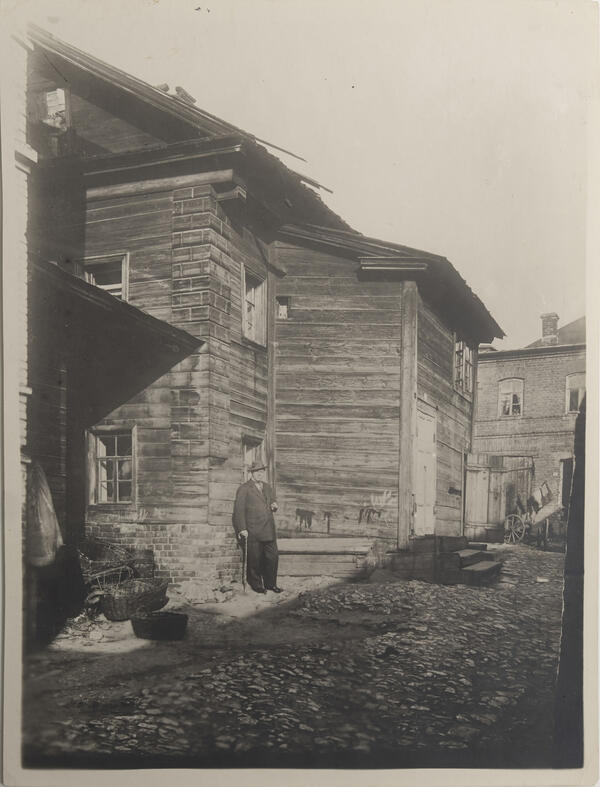Feodor Chaliapin spent his childhood in Sukonnaya Sloboda, a poor quarter of artisans and workers on the outskirts of Kazan. Chaliapin’s parents were peasants who relocated to the city to earn their living. The father worked as a clerk in the local government, while the mother took odd jobs washing floors, baking pies, washing clothes, and nursing other people’s children. The parents wanted their long-awaited eldest son to have a good education.
On October 1, 1882, the nine-year-old Fedya Chaliapin was enrolled in the Sixth City School — one of the best elementary schools in Kazan. A keen music lover, Nikolay Bashmakov became Feodor’s favorite teacher. The singer would stay in touch with him for the rest of his life.
On October 1, 1882, the nine-year-old Fedya Chaliapin was enrolled in the Sixth City School — one of the best elementary schools in Kazan. A keen music lover, Nikolay Bashmakov became Feodor’s favorite teacher. The singer would stay in touch with him for the rest of his life.
Nikolay Bashmakov remembered Chaliapin as being a good, clever and inquisitive student right from the first grade. Feodor spent four years in this school and graduated with honors. The school was attended by 116 children, the program included the law of God, Church Slavonic and Russian reading, arithmetic as an introduction to commercial accounting, and a course in grammar, which included the basics of compiling business paperwork.
Like most other schools in the city, the Sixth School did not have its own building. It was located in a private two-story house on Georgiyevskaya Street (now Peterburgskaya Street) that belonged to the merchant Stepan Suslov. The second floor with an attic was used for holding classes, while the first floor was occupied by live-in teachers and watchmen.
The school faced the Pikulin house, where the Chaliapins rented two small rooms in the basement. Feodor used to walk to the school through the market square, with the Church of the Descent of the Holy Spirit standing nearby. The choirmaster of the church lived one floor above the Chaliapins and held choir rehearsals at his place. One day, Feodor plucked up his courage, went up to the choirmaster and asked him if he could join the choir. After testing the boy’s singing voice and sense of pitch, the choirmaster wrote down some notes for the boy and instructed him to learn them. Chaliapin sang in church for free at first and later began to receive a monthly fee.
Like most other schools in the city, the Sixth School did not have its own building. It was located in a private two-story house on Georgiyevskaya Street (now Peterburgskaya Street) that belonged to the merchant Stepan Suslov. The second floor with an attic was used for holding classes, while the first floor was occupied by live-in teachers and watchmen.
The school faced the Pikulin house, where the Chaliapins rented two small rooms in the basement. Feodor used to walk to the school through the market square, with the Church of the Descent of the Holy Spirit standing nearby. The choirmaster of the church lived one floor above the Chaliapins and held choir rehearsals at his place. One day, Feodor plucked up his courage, went up to the choirmaster and asked him if he could join the choir. After testing the boy’s singing voice and sense of pitch, the choirmaster wrote down some notes for the boy and instructed him to learn them. Chaliapin sang in church for free at first and later began to receive a monthly fee.
In 1912, Feodor Chaliapin came to Kazan to see the dear places of his childhood and his friends and co-workers. The artist visited the Sixth City Elementary School, took pictures with the students and paid the tuition fees of one student, who won the contest. Decades later, the tradition will be carried on by the Gorky and Chaliapin Museum, which began awarding the Chaliapin Scholarship to talented young musicians.
The Alexey Gorky and Feodor Chaliapin Museum presents a copy of the picture, created in 1987.
The Alexey Gorky and Feodor Chaliapin Museum presents a copy of the picture, created in 1987.

